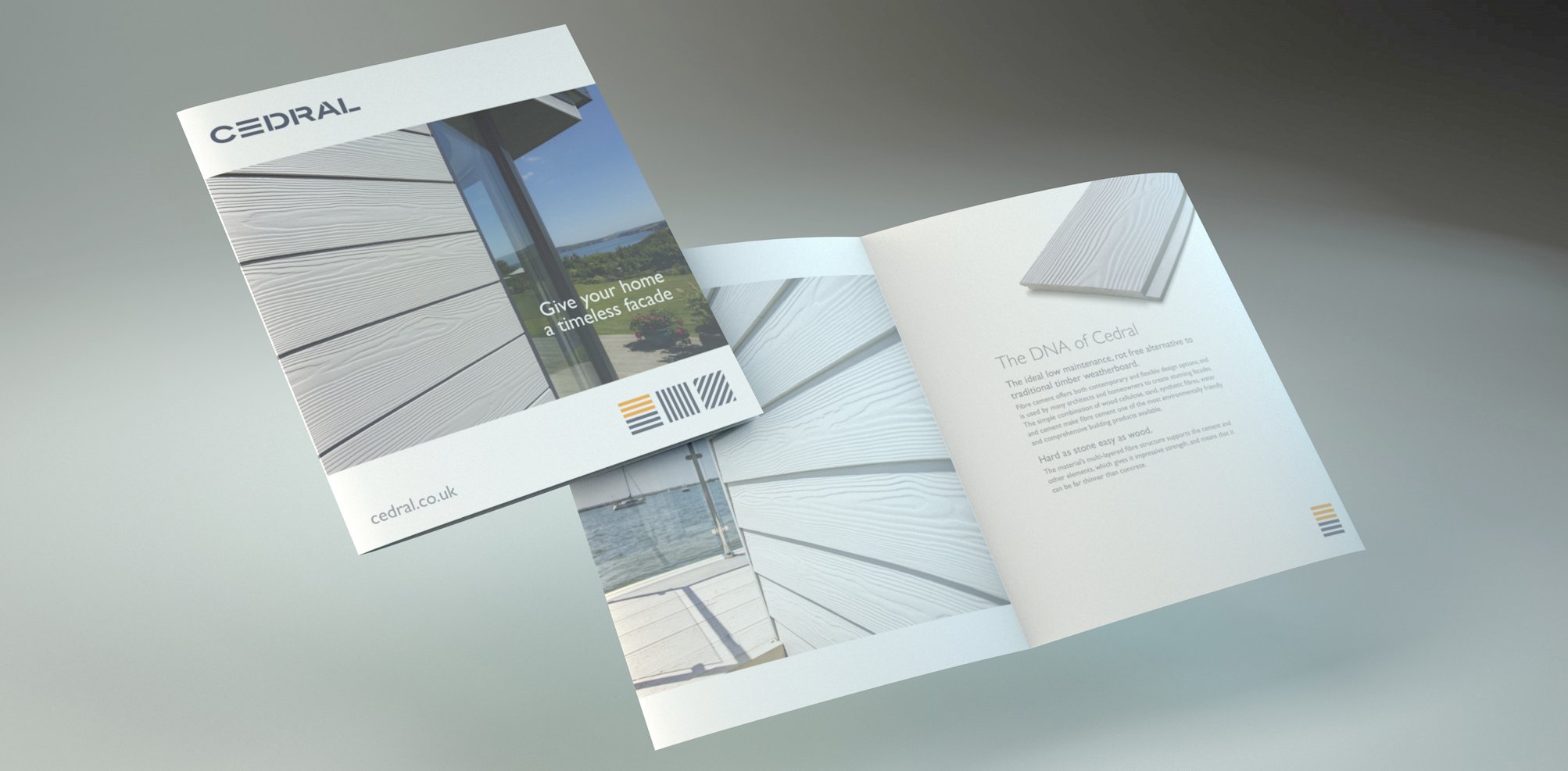Thermal bridges are a considerable source of energy loss in your home, leading to higher utility bills. So, what are these thermal bridges exactly and how can you remediate the situation? A ventilated facade is a good option to reduce thermal bridging. Cedral can help you pick the best siding material for your ventilated facade.
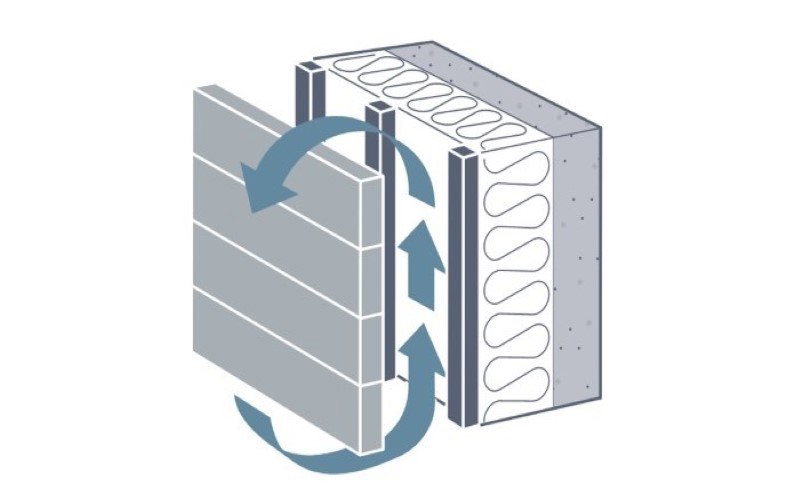
What is a thermal bridge and a ventilated facade?
Thermal bridges, also known as heat bridges or cold bridges, are areas in your building envelope where heat escapes from the warm side to the cold side more quickly than in the rest of the envelope. Thermal bridges are created when materials with a low thermic resistance (for example non-insulated metal, single glazing etc.) touch and create a connection, a ‘bridge’, between the outside and inside of your home.
As for ventilated facades, they function as a second skin for your home. External sidings are installed at a few centimetres of your wall structure, creating an air chamber behind it. The air creates an extra layer of insulation and the air flow evacuates any moisture that might form, keeping your house structure dry and free of mouldy, damp patches.
Discover the benefits of ventilated facades for your home.
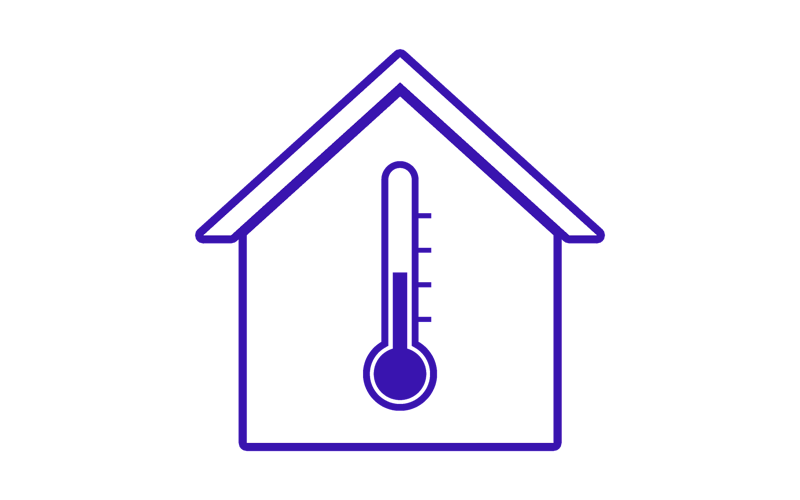
The negative effects of thermal bridges in your walls
Thermal bridges are for instance caused by studs in your walls. The studs have a higher heat conductivity than the surrounding insulation (e.g.fiberglass). So, while the insulation reduces the energy loss through your walls, the heat exits your home through the thermal bridges formed by the studs. This creates cold areas on your walls. You can feel the difference by putting your hand on an insulated part of the wall and on the thermal bridge.
The cold spots on your wall decrease your living comfort and can give you the feeling of a draught in your home. But the low surface temperature can also attract condensation, dampness and mould, with its associated health risks. Moist and mouldy spots can also cause damage to your building’s structure, creating safety issues in the long term, if not taken care of.
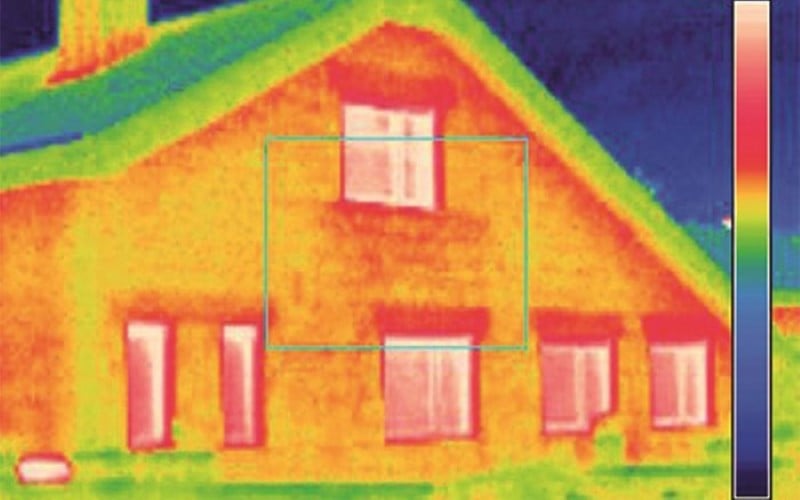
The benefits of ventilated facades for the energy efficiency of your home
Ventilated facades improve your building’s thermal balance. In the cold seasons, less heat escapes from your home, and cold does not enter so easily into your interior living area. But equally, in hot climates or seasons, the heat does not penetrate your living quarters, keeping your home pleasantly cool.
The result is a more energy-efficient home: you need less heating in winter and less air-conditioning in summer. That is advantageous for your wallet, but it is also good for the planet. To combat climate change, we need to keep our energy consumption as low as possible. Because the most sustainable source of energy is the energy we don’t use.
From a technical point of view, the extra layer around your home also protects its structure against thermal shocks. It will make your facade more robust and durable. And last but not least, a ventilated facade also gives you extra protection against noise. It helps create a peaceful living environment that is very welcome in our bustling societies.
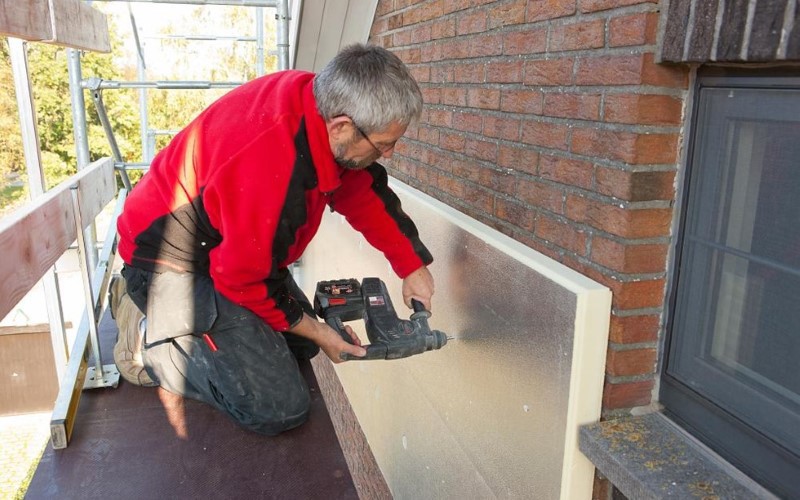
How to prevent thermal bridging?
As it often is impossible to remove the heat conductive areas in your building envelope, the solution is to add insulation to make sure the thermal bridge between the interior and exterior is interrupted. Cover the studs for instance with continuous insulation.
Find out how to insulate your walls in combination with a slate facade.
There are two main options for wall insulation: interior and exterior. Read more about the benefits and advantages of interior and exterior wall insulation here.The easiest way is to add a layer of continuous insulation on the outside of your building. Cover the insulation boards with stylish and robust sidings, such as Cedral’s high-quality fibre cement weatherboards. This will protect your home and give it a beautiful makeover.
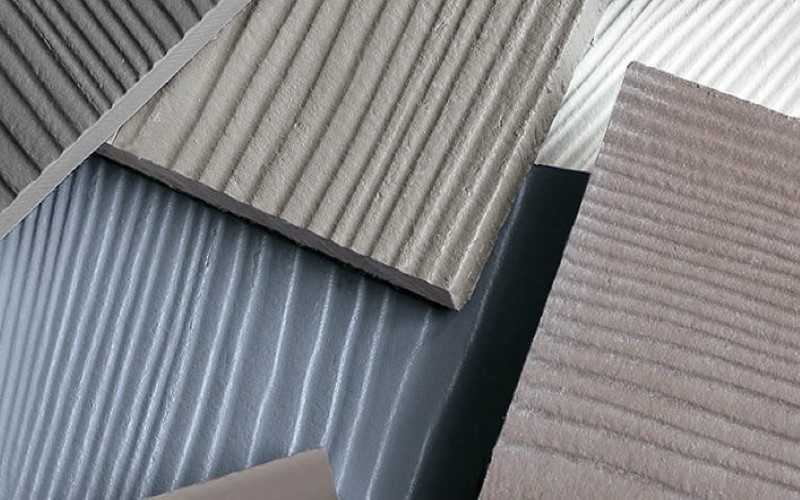
Need help for your ventilated facade to eliminate thermal bridges?
Cedral can help you with picking the best siding adapted to your home.
